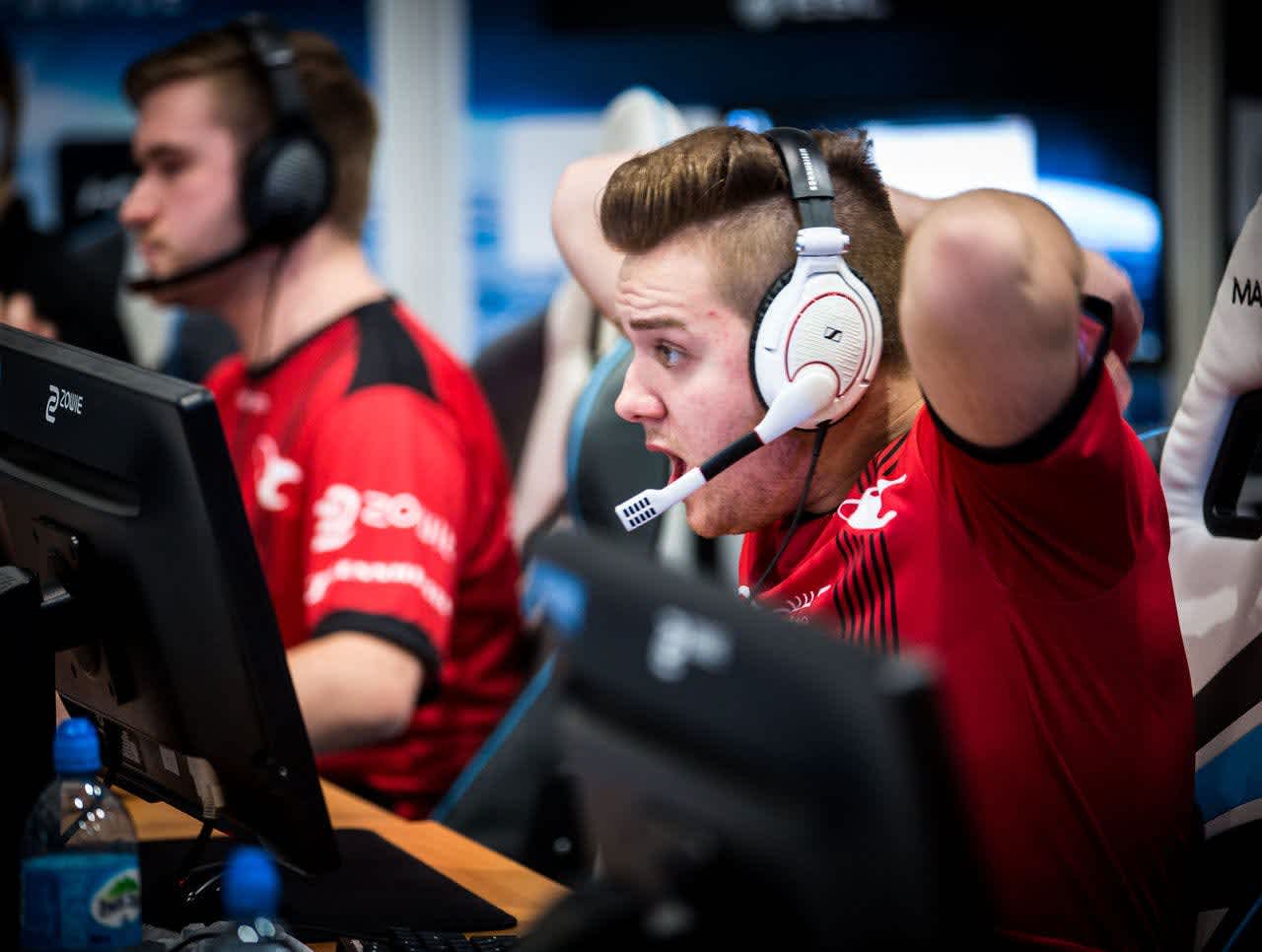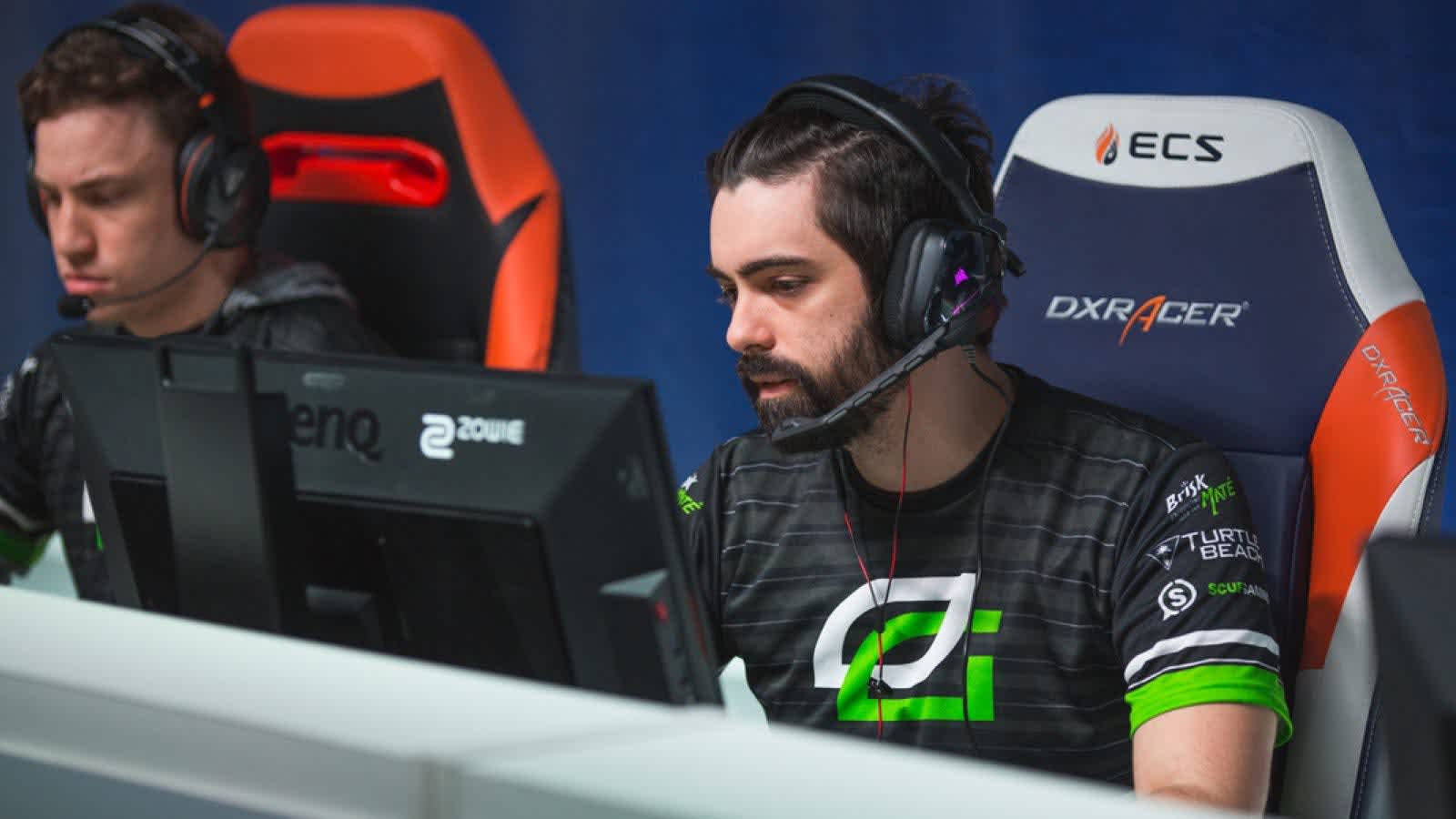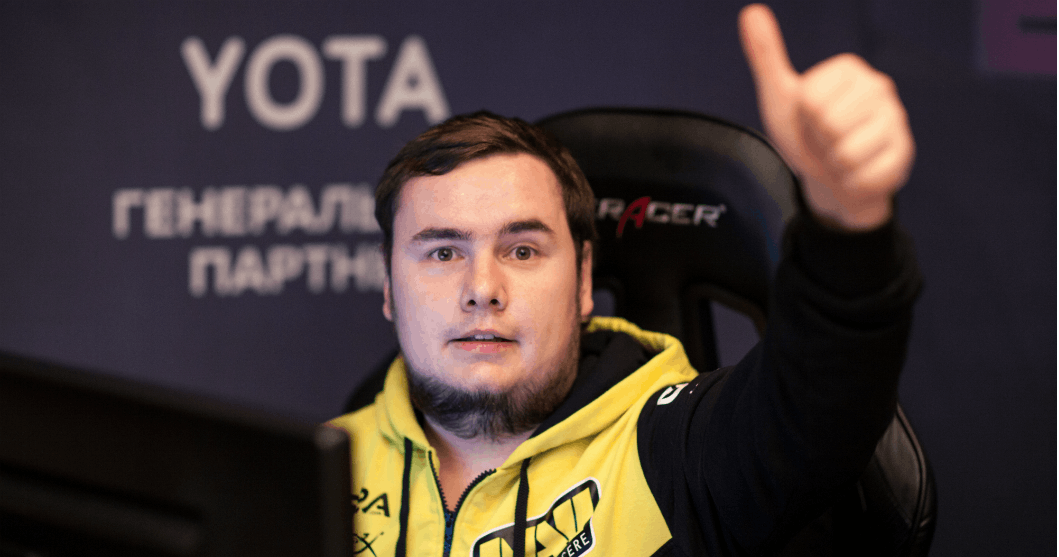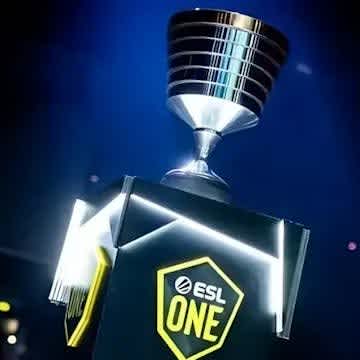CS:GO’s Checkered History with International Rosters
Looking back at the titans of CS:GO, it’s a star-studded cast of teams, each era corresponding to a nation whose proud people managed to rise above everyone else in the game. NIP and Fnatic, the crown jewels of Sweden. Fallen’s Brazilian side, first under the Luminosity banner, then as SK Gaming, conquering the world. Today, it’s Astralis’ all-Danish line-up trying to reach the same dizzying heights. In this environment, international teams like mousesports and Faze Clan are the exception rather than the norm – and this makes this game very different from many other esports. Why is that the case? We can make a few educated guesses…

Foreign policy
As we’ve all experienced throughout our CS:GO matchmaking adventures, making quick and efficient calls in a non-native language can be quite challenging for most players – and the importance of communication is infinitely higher in a professional environment where detailed strats and coordinated movement are the name of the game. “Rush B, my friends” is not going to cut it, even if you have s1mple on your team. He’s a great if rare example of a player who moved out of his cultural comfort zone and managed to find success on the other side of the world with Team Liquid in 2016, but even he returned “home” eventually, single-handedly carrying the current Na’Vi squad to greatness.
In fact, fully international line-ups are still a fairly rare and quite new phenomenon in the CS:GO scene, which is fairly interesting considering how ubiquitous such an approach is in other games or in the realm of regular sports. Perhaps the answer is in the question itself: the grassroots nature of the Counter-Strike circuit and a lack of franchising could very well mean that it was – and still is is – easier and cheaper for up-and-coming orgs to create a domestic line-up instead of trying to poach the very best players from all around the world.
If that’s the case, the tides are certainly turning as two of the current top five teams – Faze Clan and mousesports – feature such a setup. Of course, the former is perhaps the most expensively assembled cast of frag-hunters in the history of CS:GO, so maybe we shouldn’t bring them up as a template for others to use. Still, what else could hold back such projects? If you look back at previous high-profile attempts at creating such groups, there are certainly enough failures that could dissuade org owners from experimenting with this kind of a line-up.

Outsider bets
The theory makes sense: if strong players don’t manage to find a domestic home for some reason, picking up them for an international side allows you to get a team with higher prestige than what “rejects” would normally get you – especially considering the potential invite-related benefits – while potentially letting you double-dip in sponsorships and fanbase demographics as well. However, many examples show us that this is easier said than done, especially if you can’t go for the superstars.
It’s been less than two months since OpTic Gaming’s attempt at an international roster combusted spectacularly after stanislaw decided to air his grievances in public via TwitLonger. While it’s tough to confirm who was in the wrong, it seems evident that the line-up’s North American component (ShahZaM, stanislaw and ImAPet as a coach, who has come out in support of the Canadian rifler’s version of the story) couldn’t gel with the three Danish players (k0nfig, cajunb and gade). His tweet, simply posted as „the truth”, details a laundry list of issues from high-level mismanagement and basic issues with the language barrier to problematic player attitudes in general. While you can certainly debate whether or not it’s a problem that three members of the team would keep purposefully communicating in a different language when they went out together, explaining it away with “if we have something to tell you, we’ll tell you in English”, it’s definitely not okay to then talk about the other players at the same table mentioning them by name in a language they do not understand.
They also clearly had very different ideas about preparation and in-game leading as well, and the whole thing came to a bitter split shortly thereafter with the American component of the team only learning about their Danish replacements after they were already signed. The players that remained on the OpTic roster heavily dispute stanislaw’s telling of the events, with perhaps cajunb’s reaction being the mildest of them all: “I know that [he] is lying to himself in certain situations. But at the same time, I wanna apologize to him”. This was the second time a European line-up featuring NA players was attempted in CS:GO – interestingly enough, ImAPet has ended up at NRG Esports as a coach, the first organization to attempt something similarly intercontinental in the scene – and neither team has set the world alight so far.
It also seems logical to assign some of the blame for SK Gaming’s current growing pains to the recent line-up change as the arrival of Stewie2K has forced them to make calls in their second language as opposed to their native one. For sure, the team has had its fair share of issues even before this change – which have essentially facilitated such a move in the first place –, and their impending move to Immortals might also be weighing on their mind as well. One thing is for sure: never have we seen such basic breakdown in communication at SK than in the case of their recent howlers, all of which have occurred after their latest roster change.
Still, it isn’t all doom and gloom: lately, we’ve seen a few success stories as well, and they all seem to have something in common…

A broad success?
You could make a reasonable argument that s1mple’s meteoric rise to the top has only really begun after his transfer to Team Liquid, growing greatly as a person throughout his American travails, notching a then-unprecedented semi-final finish for an NA side, eventually returning “home” with Na’Vi as a changed player, a far cry from the toxic teenager who got a fairly harsh ban from ESL events, becoming a great ambassador for CS:GO.
However, this is a personal journey, not necessarily a question of rosters – though it’s worth mentioning that the “CIS region” is also nowhere near as homogenous as we’re sometimes led to believe, and a player like GuardiaN also had to be integrated into Na’Vi as a Slovakian –, and you could perhaps argue that you had to have such a superstar talent in the making in order to make something like this work two years ago. Still, today’s Liquid roster also provides a promising example with the successful inclusion of steel and then TACO, even if you could argue that a four-man NA core makes it iffy to count the side as a truly international one, even if zews is present as a coach.

Of course no discussion about such rosters can be complete without bringing up the apex predator that is Faze Clan: the org’s initial acquisition of the then-G2 line-up was much more like the experiments we’ve discussed above, a truly international mish-mash of jkaem, aizy, Maikelele, fox and rain – only one of them survived the long journey that featured multiple line-up changes and an explosion in ambition and growth once they’ve picked up Niko and eventually GuardiaN and olofmeister as well after a catastrophic performance at PGL Krakow 2017. It’s no mistake that today’s incredible iteration of Faze features three players who don’t have a viable domestic option to match their expertise: Niko and Guardian have always been “nomads” in this regard and rain has been there from the very beginning due to similar circumstances. The org’s growth and performances highlighted the viability of such an approach in the CS:GO scene as well, and perhaps it played a part in mousesports’ successful re-building too after they lost their star player, ushering in their most successful era to date, relying on an Czech, a Dutch, an Estonian, a Finnish and a Slovakian player to carry them to greatness – neither of which would have the opportunity to pursue serious domestic ambitions instead. Both are very close to becoming the top dog, but it feels like their streakiness holds them back in the long run.
With the ever-increasing influx of money and interest in the esports scene, it feels like it’s only a matter of time that international teams become the norm rather than the exception – even in CS:GO, a game that seems to be comparatively slow when it comes to adapting to this particular facet of the wider landscape. So far, it seems like the speculative punts have a tendency to fall apart, but Faze Clan and mousesports showed everyone that a well-planned and well-financed roster of this kind is very much capable of reaching the summit of Counter-Strike, especially if you focus on players who lack viable domestic options.
Enjoy this piece? Check out this around CS:GO pro Adren!





